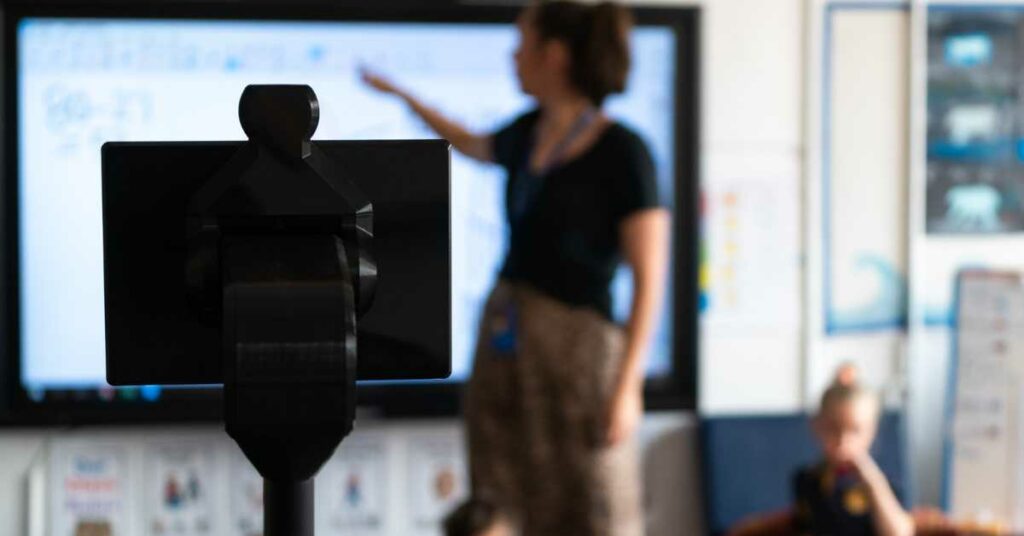School is a right for every child, yet up to a third or 1.2 million of our nation’s children with complex medical or mental health condition face school isolation.
Beyond the everyday trauma of their health crisis, they feel forgotten and isolated, through no fault of their own.
That is, until now, with the launch of MissingSchool’s revolutionary Seen&Heard initiative, starting with a one-year nationwide pilot program, aiming to scale to all schools by 2025.
The pilot, made possible by a Commonwealth grant and separate private sector seed funding provided by TPG Telecom Foundation, will help schools adopt ‘teach once’ telepresence technology including school robots, train teachers, and support vulnerable students and their parents/carers in real-time. Educational animations will also be produced for peers and siblings of sick children.
“No different to the universal provision of wheelchair access ramps, schools have an obligation through the Disability Standards to ensure kids who can’t be there can continuously connect with their curriculum, peers and school’s support from home or hospital,” said Megan Gilmour, MissingSchool Co-Founder.
Seen&Heard will also join forces with children’s illness groups and health professionals to assist schools and families with critical illness information designed in a way to support the student’s learning journey and social-emotional well-being.
The campaign has launched with a powerful video and ad campaign, titled: Don’t you forget about me. The ad is a rallying cry to boost awareness of the urgent need to help kids who are absent in a health crisis to engage in school and stay connected to their teachers and classmates.
“But without additional resources to do so, schools struggle to provide education services beyond the school gate to the tens of thousands of isolated children across Australia each day,” added Gilmour.
“The first step has been our successful advocacy for a groundbreaking new dedicated ‘health condition’ absence code to collect school data across Australia so that kids with medical and mental health conditions won’t be marked as absent with the same code used for a common cold or as an unexplained absence.”
While sick children, previously unable to physically attend school, were offered a ‘virtual glimmer of hope’ when education moved online during COVID-19 lockdowns, they have since been suffering the double blow of that being set aside and left behind again. Neither seen nor heard.
“School access is a right for every Australian child and our goal is to solve school isolation for this large vulnerable cohort of kids by 2025. We are relieved that the federal government is responding to these overlooked kids, and with the pilot, supporting schools across the country to do the same,” Gilmour continued.”
Menchie Khairuddin is a writer Deputy Content Manager at Akolade and content producer for Third Sector News. She is passionate about social affairs specifically in mixed, multicultural heritage and not-for-profit organisations.
- Menchie Khairuddinhttps://thirdsector.com.au/author/menchi-kakolade-co/
- Menchie Khairuddinhttps://thirdsector.com.au/author/menchi-kakolade-co/
- Menchie Khairuddinhttps://thirdsector.com.au/author/menchi-kakolade-co/
- Menchie Khairuddinhttps://thirdsector.com.au/author/menchi-kakolade-co/











